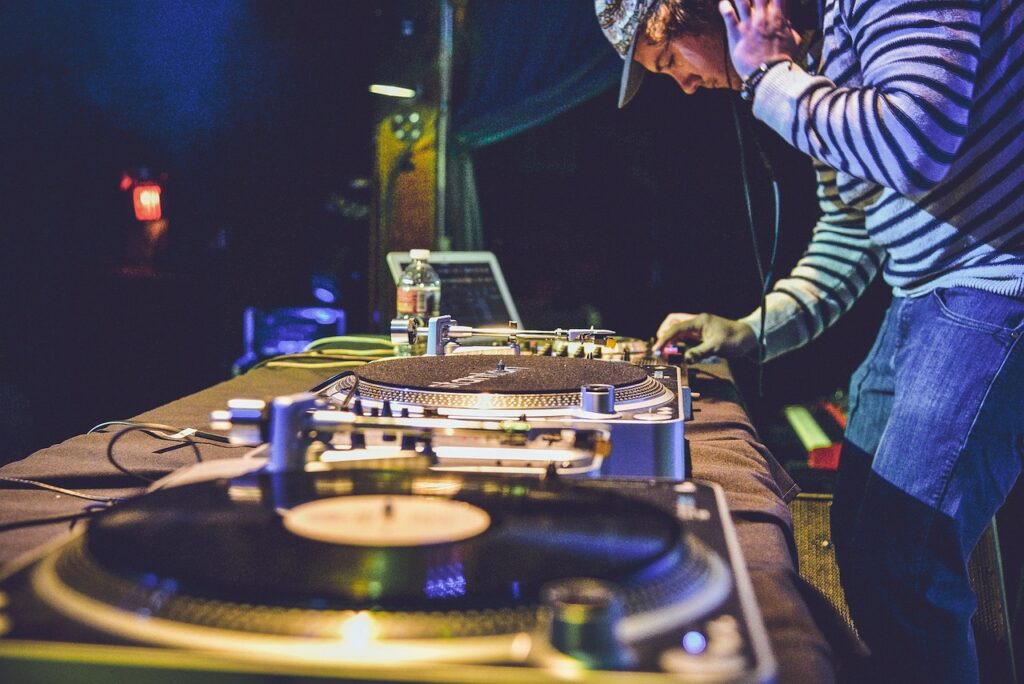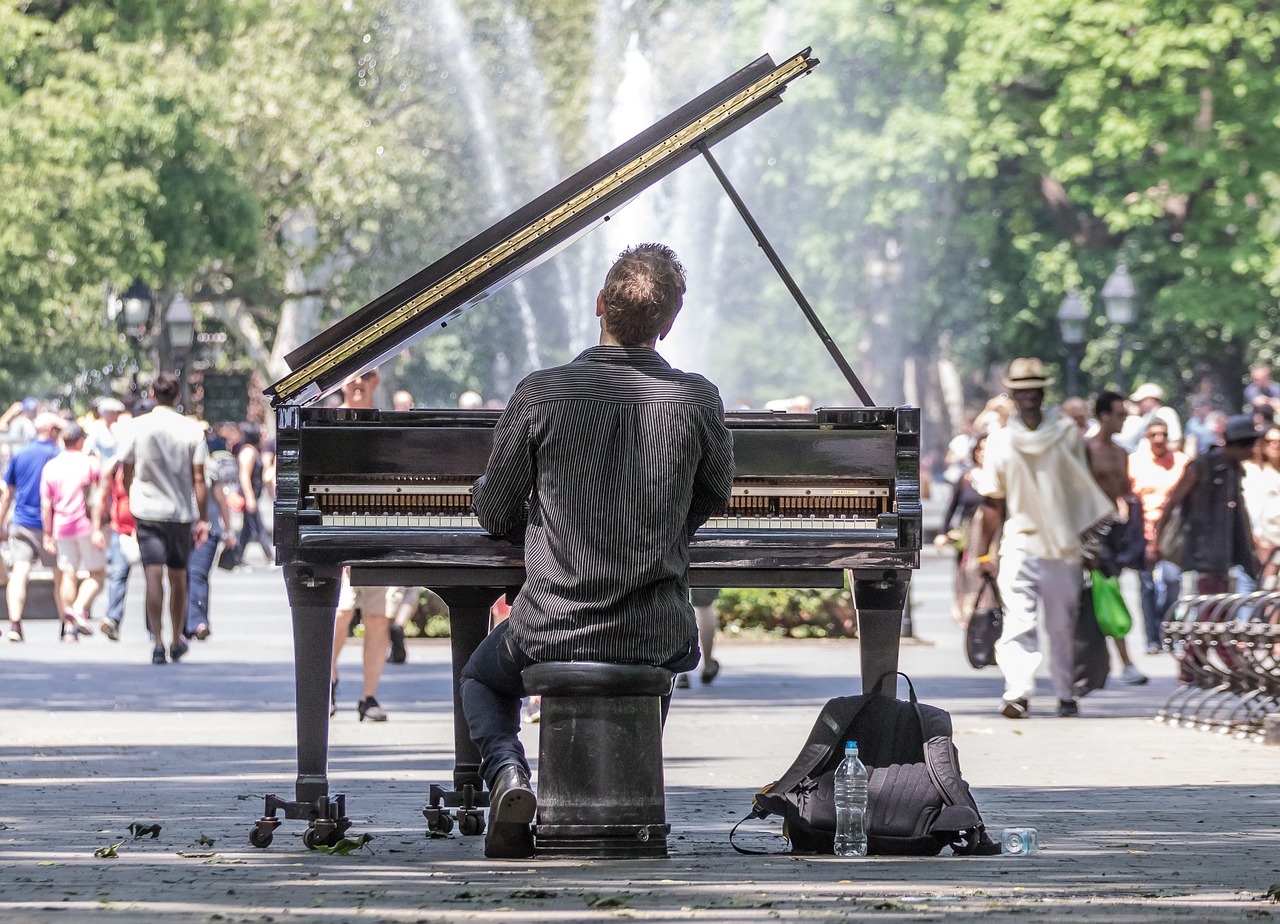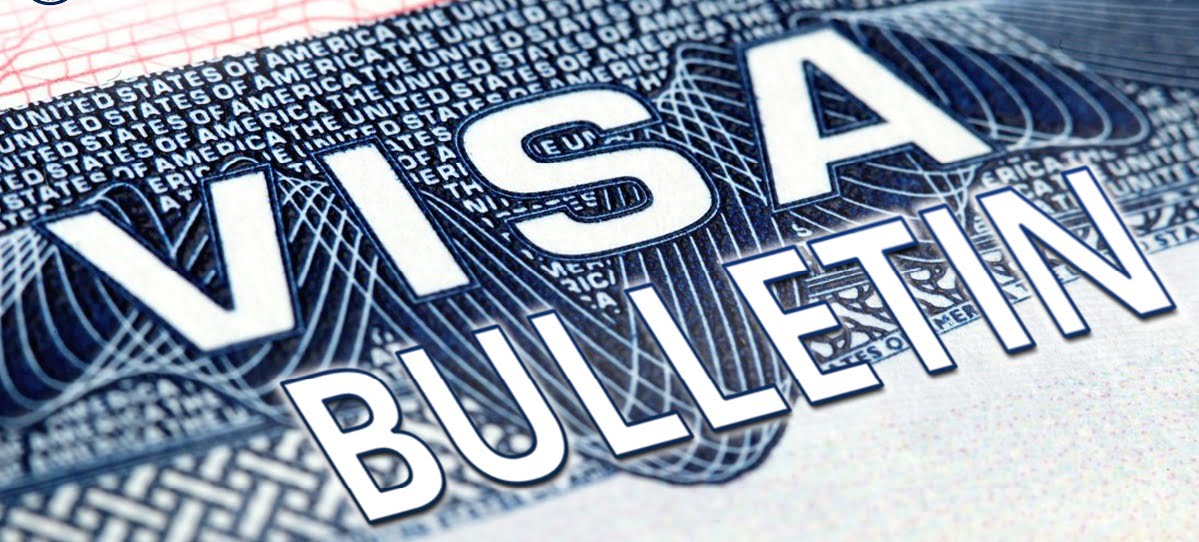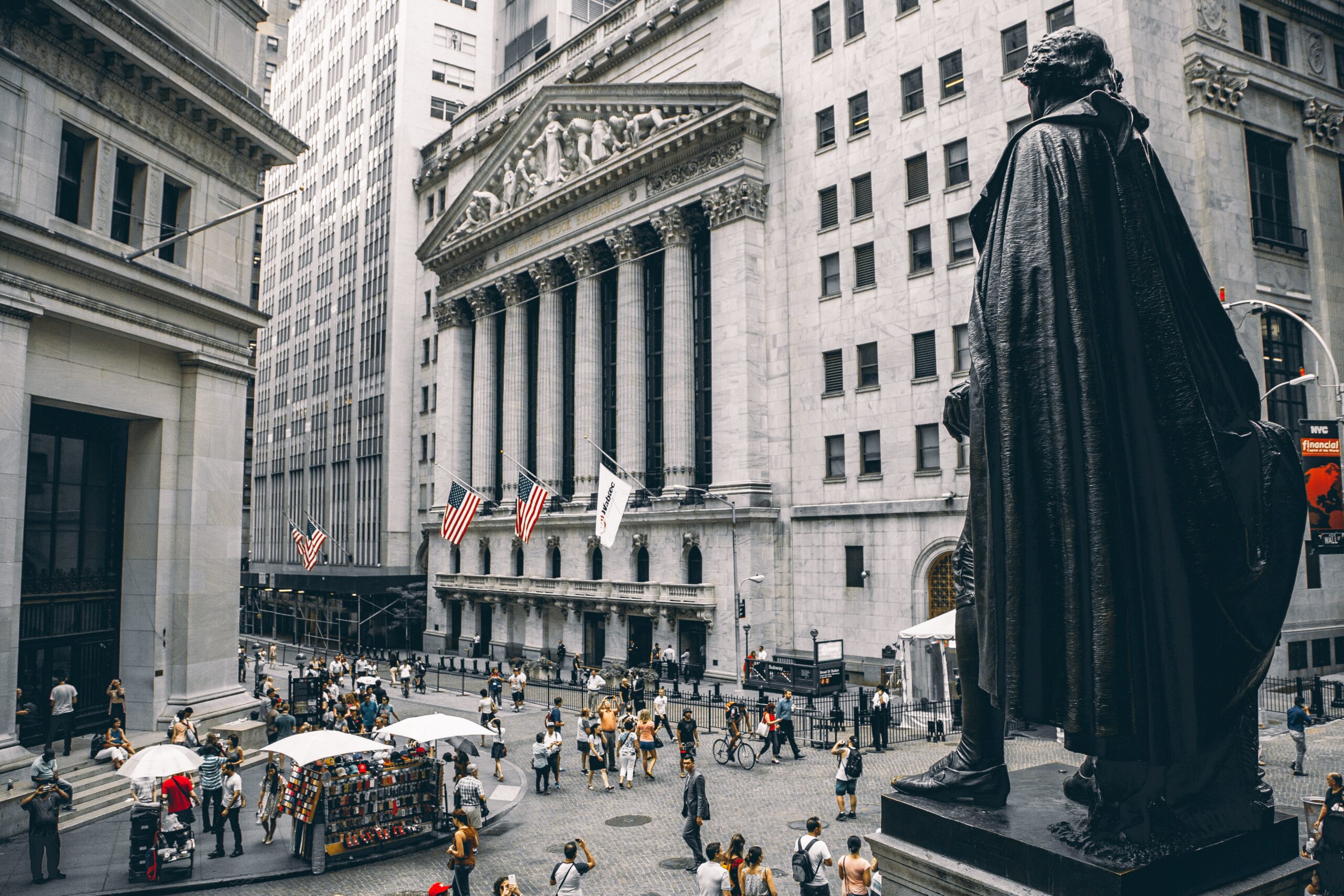Art has always transcended borders, connecting people across cultures and continents through the power of creativity and expression. For artists with extraordinary talent seeking to bring their vision to the United States, the O-1B visa offers a gateway to new opportunities and artistic endeavors. In this comprehensive guide, we delve into the intricacies of the O-1B visa process, providing artists with the knowledge and insights they need to navigate this transformative journey.
Please remember that this article does not provide any legal advice and if you would like to discuss your immigration situation, please speak with the immigration attorney. If you would like to speak with our lawyer, please contact us here and our customer care representative will be happy to arrange a call for you with the attorney.
Introduction: Understanding the O-1 B Visa for Artists
The O-1B visa is a non-immigrant visa category specifically tailored for individuals with extraordinary ability in the arts, including visual arts, performing arts, and literary pursuits. Eligible candidates may include award-winning directors, celebrated actors, pioneering chefs, influential fashion designers, acclaimed dancers and choreographers, as well as renowned visual artists.
It is designed to attract talented artists from around the world to the United States, allowing them to showcase their creativity and contribute to the vibrant cultural landscape of the country. Understanding the nuances of the O-1B visa is crucial for artists looking to embark on this exciting adventure.
Eligibility Criteria for the Artist Visa: What Artists Need to Know
To qualify for the O-1B visa, artists must meet stringent eligibility criteria that demonstrate their exceptional talent and acclaim in their field. This includes providing evidence of sustained recognition and achievement, such as international awards, critical acclaim, and significant contributions to their artistic discipline. Additionally, artists must demonstrate their intention to work in the United States in their field of extraordinary ability, along with a written advisory opinion from a peer group or labor organization confirming their exceptional talent.
The Application Process for the O-1 Visa: A Step-by-Step Guide
From demonstrating exceptional ability to gathering supporting documentation and attending visa interviews, each step requires careful attention to detail and thorough preparation. In this comprehensive guide, we’ll break down the application process for the O-1B Visa, providing artists with a step-by-step roadmap to turning their artistic vision into tangible opportunities in the United States. Let’s dive in.
- Determine Eligibility: Before beginning the application process, ensure that you meet the eligibility criteria for the O-1B Visa. This includes demonstrating extraordinary ability in the arts and receiving international or national acclaim for your work.
- Secure Sponsorship: Unlike some other visa categories, the O-1B Visa requires sponsorship by a U.S. employer, agent, or representative. This sponsor will file Form I-129, Petition for a Nonimmigrant Worker, on your behalf with United States Citizenship and Immigration Services (USCIS).
- Gather Documentation: Compile a comprehensive portfolio of evidence to support your O-1B Visa application. This may include awards, critical reviews, publications, contracts, letters of recommendation from industry experts, and other materials that demonstrate your extraordinary ability and achievements in your artistic field.
- Complete Form DS-160: Once USCIS approves your application, you will need to complete Form DS-160, Online Nonimmigrant Visa Application to apply for the visa at the US embassy. This form collects biographical information and details about your intended stay in the United States.
- Schedule Visa Interview: After completing Form DS-160, schedule a visa interview at the nearest U.S. embassy or consulate in your home country. Be prepared to provide additional documentation and answer questions about your artistic accomplishments and plans while in the United States.
- Attend Visa Interview: On the day of your scheduled visa interview, arrive at the embassy or consulate on time and bring all required documentation, including your passport, Form DS-160 confirmation page, visa application fee receipt, and any supporting materials relevant to your O-1B Visa application.
- Provide Biometric Information: During the visa interview, you may be asked to provide biometric information, such as fingerprints and a photograph, as part of the security clearance process.
- Wait for Visa Approval: Following the visa interview and submission of all required documentation, await a decision on your O-1B Visa application from the embassy or consulate. If approved, you will receive your visa and be permitted to travel to the United States to pursue your artistic endeavors.
- Enter the United States: Once you have obtained your O-1B Visa, you can enter the United States and begin working with your sponsoring employer or agent in your artistic field. Be sure to comply with all visa regulations and requirements during your stay in the United States.
- Maintain Status: Throughout your stay in the United States on the O-1B Visa, it’s essential to maintain your status by adhering to the terms of your visa and fulfilling your artistic obligations as outlined in your sponsorship agreement. Failure to do so could result in visa revocation or other immigration consequences.
It is advisable to consult an immigration attorney who specializes in O-1B petitions to help you navigate the process smoothly and error-free.
Demonstrating Extraordinary Ability: The Key to Your O-1 Visa Success
One of the fundamental pillars of the O-1B Visa application is the demonstration of extraordinary ability. This criterion serves as the cornerstone of your entire application, as it establishes your eligibility for the visa. The U.S. Citizenship and Immigration Services (USCIS) requires compelling evidence that you possess a level of talent or expertise significantly above that ordinarily encountered in your field of arts.
To meet this standard, you must showcase a sustained and recognized record of extraordinary achievement in your artistic endeavors. This may include:
- Excerpts from performances, recordings, or exhibitions.
- Testimonials from peers and collaborators affirming the artist’s stature in their field.
- Prestigious awards and achievements, such as critical acclaim or international recognition for your work.
- Evidence of your participation in distinguished artistic productions or exhibitions.
- Endorsements from prominent figures within your industry.
It’s important to note that the USCIS employs a stringent evaluation process when assessing extraordinary ability. Therefore, your evidence must be meticulously curated and presented in a compelling manner to substantiate your claim. By meticulously documenting your artistic achievements and highlighting your unique contributions to your field, you can effectively demonstrate your extraordinary ability and enhance your chances of O-1B Visa success.
Documenting Your Achievements: Awards, Memberships, and Significant Productions
When applying for the O-1B Visa, thorough documentation of your achievements is essential to show that you are a top expert in your field. This documentation should encompass various facets of your artistic career, including awards, memberships, and significant productions, all of which serve as tangible evidence of your exceptional talent and impact in your field.
- Awards serve as tangible recognition of your talent and accomplishments within the artistic community. Whether you’ve received prestigious accolades from renowned institutions or industry-specific honors from reputable organizations, each award adds weight to your O-1B Visa application. Be sure to include details such as the name of the award, the organization or entity granting it, and the significance of the award within your industry.
- Membership – being a member of prestigious artistic associations, guilds, or societies is also a significant factor in your petition. These memberships demonstrate your active participation in the artistic community and your commitment to advancing your craft. Include information about the organizations you belong to, your role within these organizations, and any leadership positions you hold. Additionally, highlight any contributions you’ve made to these organizations, such as organizing events or serving on committees.
- Significant Productions: Highlighting your involvement in significant artistic productions or exhibitions provides concrete evidence of your impact in your field. Whether you’ve performed in leading roles, directed critically acclaimed productions, or exhibited your work in prestigious galleries or venues, these experiences showcase your artistic prowess and professional achievements. Provide detailed descriptions of the productions or exhibitions you’ve been involved in, including dates, venues, and any notable reviews or critical acclaim received.
Strategies for a Successful O-1B application
Success in obtaining the O-1B visa requires careful planning and strategic preparation. Artists should meticulously compile their evidence and present a compelling case for their extraordinary ability.
- Thoroughly Understand the Requirements: Before beginning the application process, it’s crucial to have a comprehensive understanding of the eligibility criteria and documentation requirements for the O-1B visa. Familiarize yourself with the specific standards of “extraordinary ability” as they pertain to your artistic field. It is also recommended to consult with expert attorneys in this field who can help you understand all the details of these petitions.
- Compile a Strong Portfolio: Your application should include a well-organized portfolio showcasing your artistic achievements, accolades, and significant contributions to your field. This may consist of performance videos, recordings, exhibition catalogs, press clippings, and testimonials from industry professionals attesting to your abilities.
- Seek Expert Guidance: Given the complexity of the O-1B visa application process, it’s advisable to seek guidance from experienced immigration attorneys specializing in artist visas. An attorney can provide invaluable assistance in navigating the intricate requirements, preparing your application materials, answer all your questions and address any potential issues that may arise.
- Highlight Unique Contributions: Emphasize the unique and exceptional aspects of your artistic work that set you apart from your peers. Clearly articulate how your creative endeavors have made a significant impact within your artistic discipline and garnered recognition on a national or international scale.
- Craft a Compelling Narrative: Your visa application should tell a compelling story of your artistic journey, highlighting key milestones, challenges overcome, and future aspirations. Articulate how your artistic vision aligns with the cultural landscape of the United States and contributes to its artistic diversity and enrichment.
- Provide Detailed Documentation: Ensure that your application is supported by thorough documentation substantiating your claims of extraordinary ability. This may include detailed descriptions of your artistic projects, letters of recommendation from renowned figures in your field, and evidence of your participation in prestigious events or exhibitions.
- Address Potential Weaknesses: Anticipate any potential weaknesses or gaps in your application and proactively address them. If there are areas where your achievements may be perceived as lacking, provide supplementary evidence or explanations to bolster your case.
- Stay Organized and Diligent: The visa application process can be lengthy and complex, requiring careful attention to detail and diligent follow-up on any requests or inquiries from immigration authorities. Stay organized throughout the process, keeping track of deadlines and ensuring that all required documentation is submitted in a timely manner.
By implementing these strategies and approaching the O-1B visa application process with thorough preparation and diligence, artists can maximize their chances of success in obtaining this coveted visa status.

Success Stories: Artists Who Made It with the O-1B Visa
Here are a few success stories of artists who have made it with the O-1B visa:
- Sofia, Visual Artist: Sofia, originally from Brazil, applied for the O-1B visa after gaining recognition for her unique style of visual art. With a portfolio filled with international exhibitions and prestigious awards, Sofia was able to secure the O-1B visa and move to New York City. Since then, she has collaborated with renowned art galleries and participated in high-profile art events, further solidifying her reputation as an emerging artist in the U.S. art scene.
- Juan, Musician: Juan, a talented musician from Mexico, dreamed of pursuing his passion for music in the United States. With the help of an experienced immigration attorney, Juan successfully applied for the O-1B visa, showcasing his exceptional ability as a composer and performer. Upon receiving his visa, Juan moved to Los Angeles, where he quickly gained traction in the music industry. Today, Juan performs regularly at popular venues and has even been featured in major music festivals across the country.
- Lina, Filmmaker: Lina, an aspiring filmmaker from Spain, wanted to explore new opportunities in Hollywood. Despite facing initial challenges in meeting the stringent criteria for the O-1B visa, Lina persevered and compiled a comprehensive portfolio of her film projects, including screenings at prestigious international film festivals. With the support of our immigration attorney, Lina’s visa application was approved, allowing her to relocate to Los Angeles and pursue her filmmaking career. Since then, Lina has directed several independent films and has been recognized for her talent and creativity in the competitive film industry.
EB-1 Artist Green Cards for Permanent Residence
Exploring the EB-1 green card for permanent residence represents a significant milestone for artists who have already established themselves in the United States on the O-1B visa and work in the US. By leveraging their extraordinary talent and achievements, artists can take the next step towards establishing long-term roots in the United States and furthering their artistic endeavors on a permanent basis.
Conclusion
In conclusion, the O-1B visa represents a transformative opportunity for artists to share their talents with audiences in the United States and contribute to the rich tapestry of American culture. By understanding the eligibility criteria, navigating the application process, and presenting a compelling case for their extraordinary ability, artists can turn their dreams into reality with the O-1 visa. So, embrace the journey, unleash your creativity, and embark on this extraordinary adventure with the confidence that your talents will find a home in the land of opportunity.
If you are interested in determining your eligibility for the O-1B kindly complete this free brief screening, and our team of attorneys will carefully review your accomplishments.
Frequently Asked Questions
What is the duration of validity for an approved O-1B visa?
Once approved for an O-1B visa, it typically remains valid for up to three years. However, the exact duration may vary depending on the specific project or event for which you are entering the U.S. Should you require a longer stay beyond the initial visa period, you can apply for extensions, each typically granted for one-year increments. There is no set limit to the number of extensions you can receive, provided you continue to meet the rigorous criteria of the O-1 visa category. Ensure to monitor the end date specified on your I-94 card, which is affixed to your passport upon entry to the U.S. This date indicates the authorized duration of your stay in the country.How long does the O-1B visa application process typically take for artists?
The processing time for the O-1B visa application can vary depending on various factors, including USCIS workload and the complexity of your case. However, it typically takes several months from the initial petition filing to visa approval. Utilizing premium processing may expedite the process, reducing the adjudication waiting period to 15 calendar days.Does holding an O-1 visa guarantee a green card?
Although the O-1 visa itself does not automatically lead to a green card, it can serve as a crucial stepping stone in your journey toward permanent residency. Unlike certain non-immigrant visas, the O-1 visa allows for “dual intent,” enabling you to pursue a green card concurrently through employment-based sponsorship or other qualified routes. If your aspiration is long-term residency and employment in the U.S., the O-1 visa offers a solid foundation while you navigate the process of obtaining a green card through alternative pathways.









